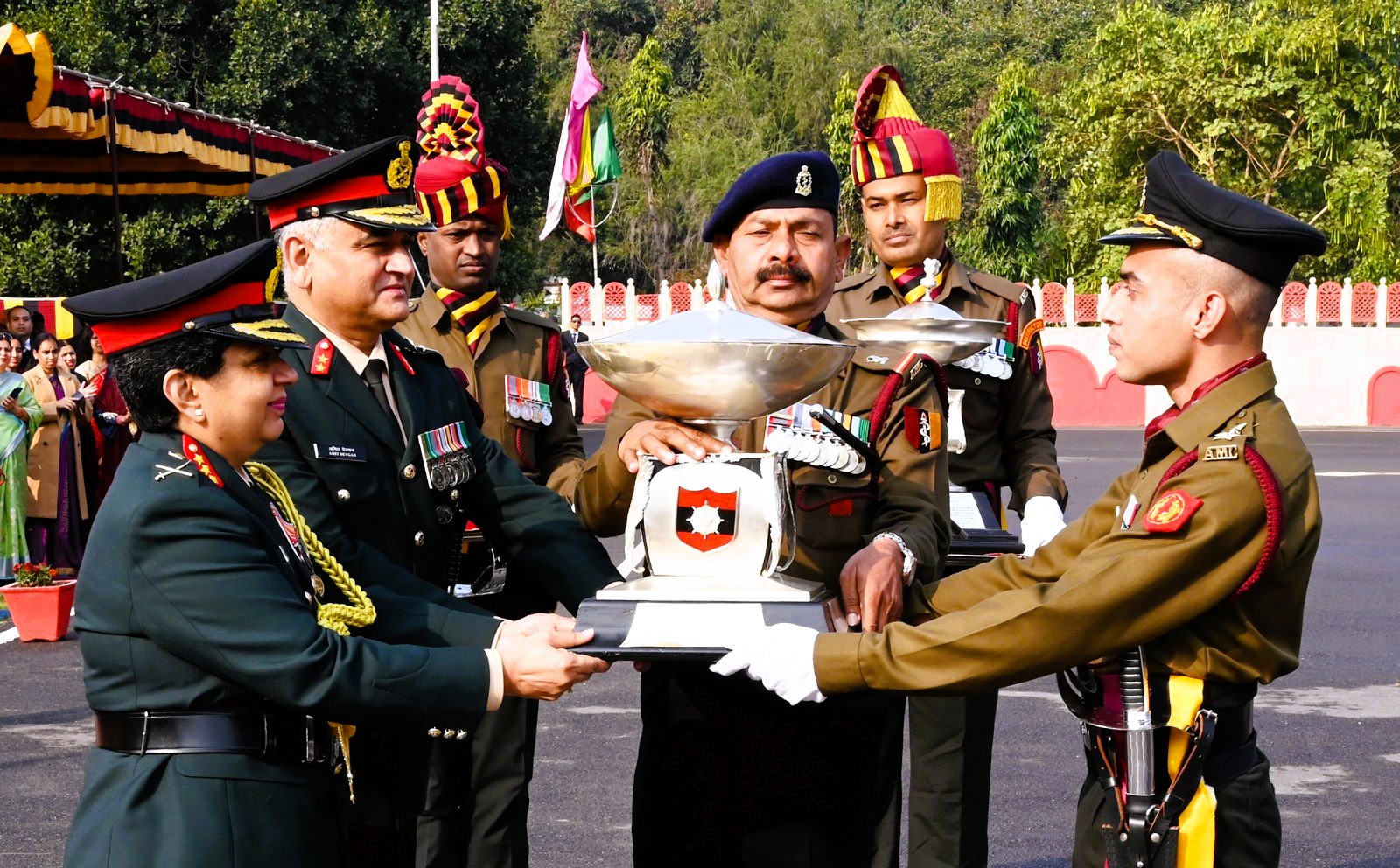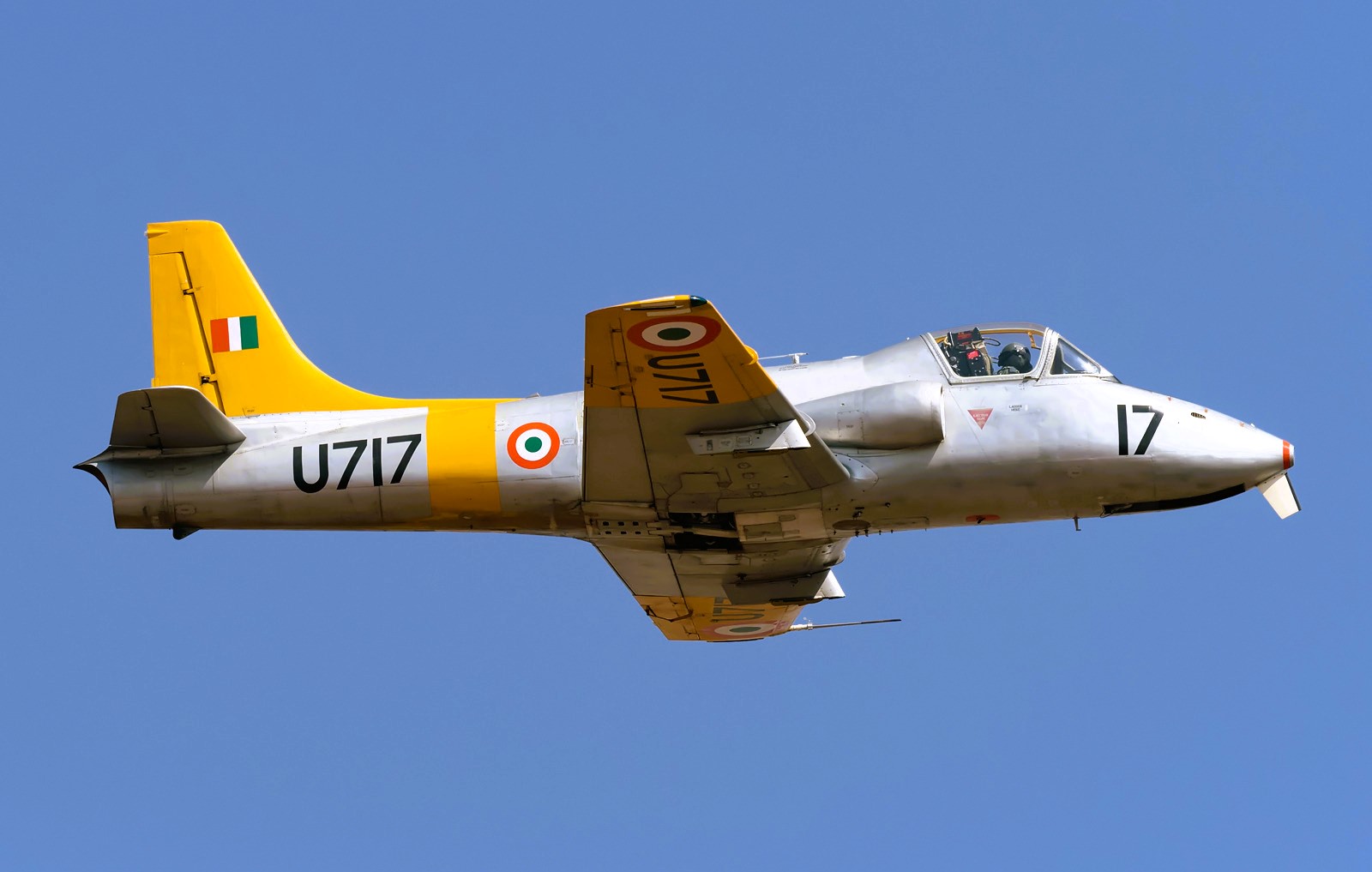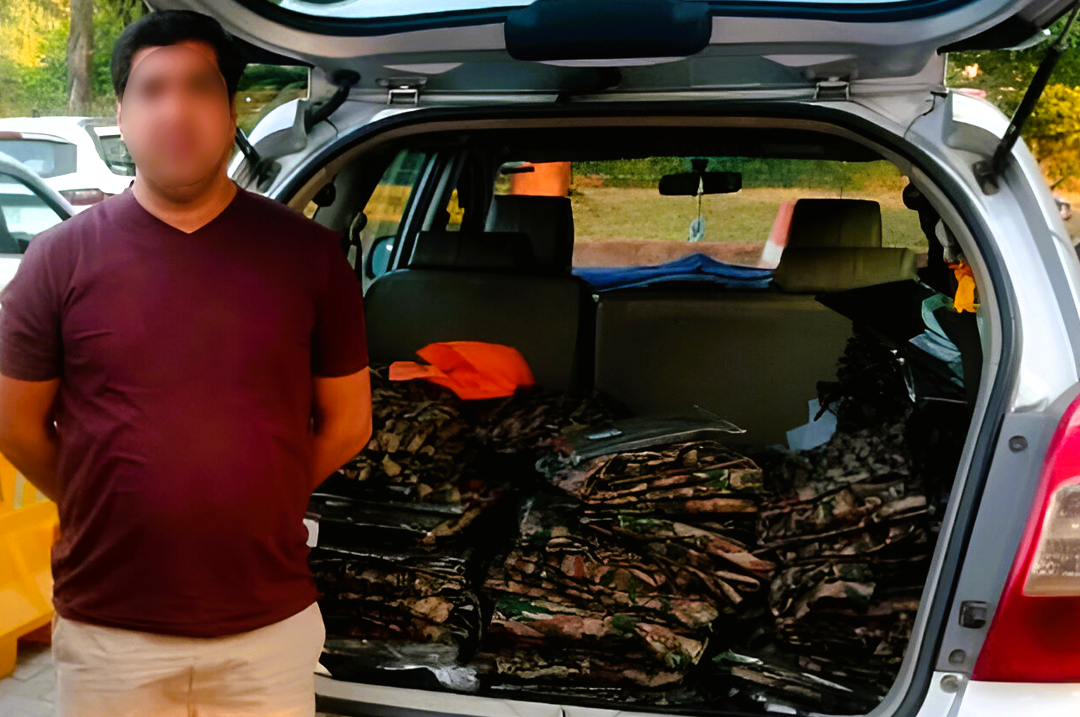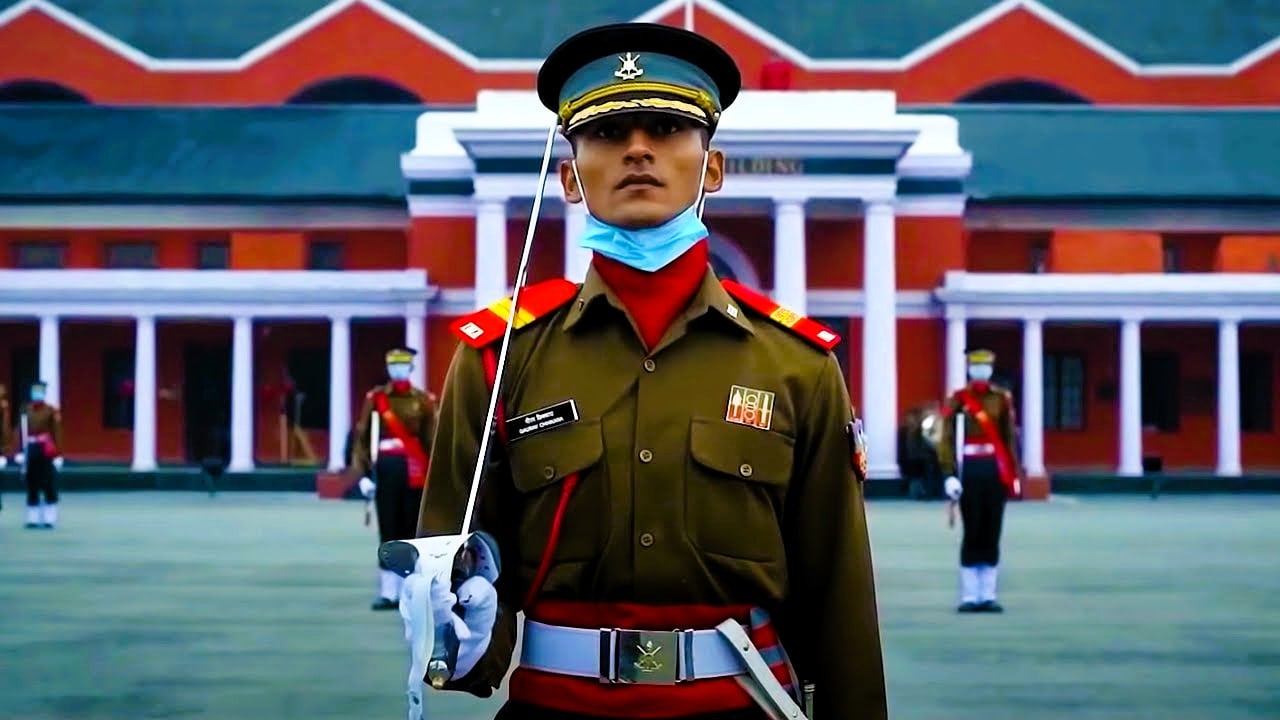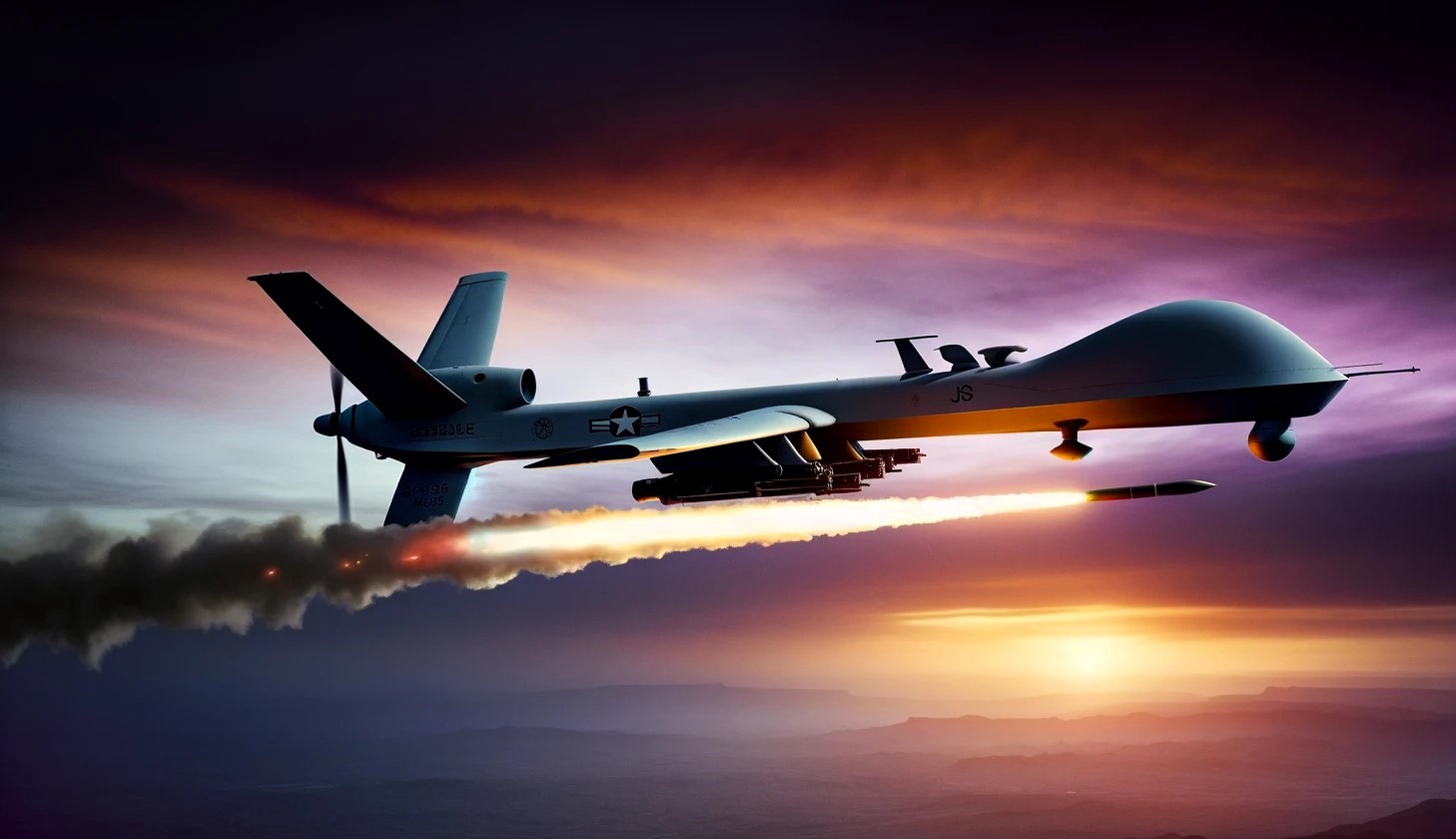Medical Officers Basic Course Passing Out Parade February 2024
In a grand ceremony filled with pride and tradition, the Officers Training College of the Army Medical Corps (AMC) Centre…
Indian Air Force Corporal Dies in Accident While Repairing Kiran Aircraft
On Saturday, at the Hakimpet Air Force Station in Telangana, a tragic accident claimed the life of an Airmen while…
Indian Army Fake Uniform Seller Caught By Military Intelligence
In a significant breakthrough, a joint operation by the Maharashtra Police and Military Intelligence has exposed a Delhi-based syndicate involved…
Here’s How To Do Para Basic Course as an NCC Cadet
The National Cadet Corps or NCC as it is popularly known is the largest youth-grooming organization in the country. NCC…
CDS 1 2023 Toppers SSB + Written Exam Marks
The Union Public Service Commission (UPSC) has officially released the marks for the candidates who participated in the Combined Defence…
All About India’s New Predator Drone: A Game-Changer in Defence Technology
In recent times, the global defence landscape has witnessed significant advancements in unmanned aerial vehicles (UAVs), commonly known as drones.…

